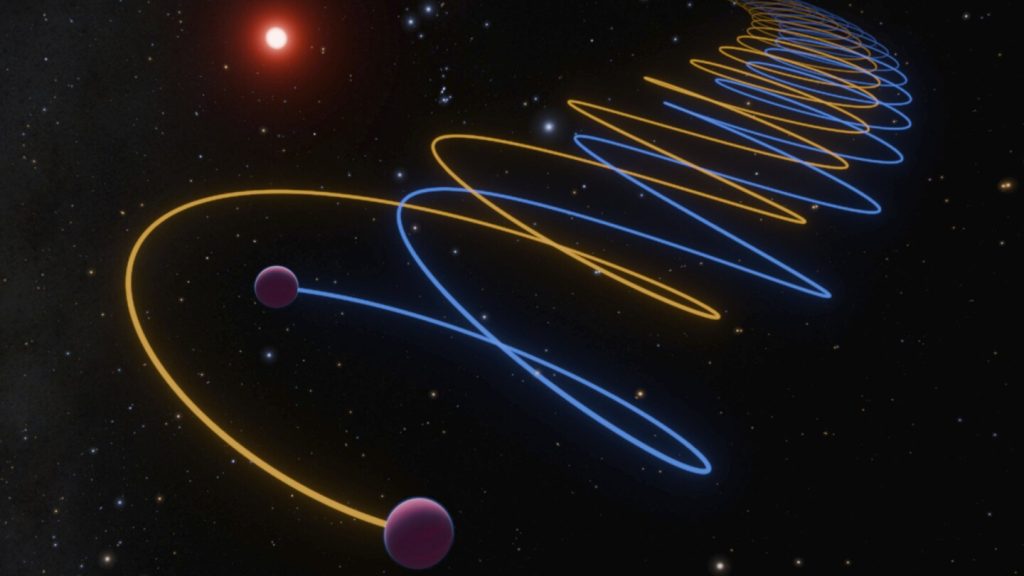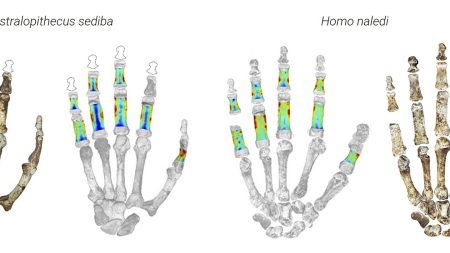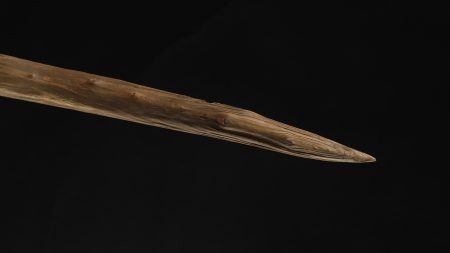Scientists have made a remarkable discovery regarding Gliese 229B, a celestial object identified nearly thirty years ago, revealing that it is not a single entity but rather a pair of brown dwarfs orbiting each other. Brown dwarfs straddle the line between the lightest stars and the heaviest gas giant planets, often referred to as “failed stars” due to their inability to sustain hydrogen fusion like regular stars. Initially, Gliese 229B was puzzling due to its dimness in relation to its expected mass. Recent observations using the Very Large Telescope in Chile have shed light on this mystery, revealing that Gliese 229B is composed of two brown dwarfs that are closely orbiting one another. This finding resolves a longstanding inconsistency regarding the object’s characteristics, as noted by astronomer Kevin Luhman from Pennsylvania State University.
The newfound brown dwarf pair orbits a small star located approximately 18 light-years away from Earth. To put this distance into perspective, one light-year is equivalent to about 5.8 trillion miles. Separate observations in the past had identified pairs of brown dwarfs; however, this particular duo is unique in that they orbit each other at a remarkably close distance, completing a full orbit every 12 days. This swift orbital period is shorter than that of the moon’s monthly orbit around Earth, indicating a dynamic and tightly bound gravitational relationship between the two brown dwarfs.
The implications of this discovery are significant, demonstrating just how diverse and unusual different solar systems can be compared to our own. Co-author of the study, Rebecca Oppenheimer from the American Museum of Natural History, emphasized this point, noting that the peculiar nature of such celestial pairings challenges conventional expectations and enhances our understanding of the universe. This celestial pairing not only sparks curiosity among astronomers but also raises questions about the existence of additional brown dwarfs accompanied by forgotten companions that remain undetected.
The study shedding light on Gliese 229B was published in the journal Nature, highlighting the importance of ongoing research and observation in astronomy. As technology and methods improve, scientists anticipate that further discoveries will not only enhance our understanding of known celestial bodies but also lead to the identification of new ones. Co-author Jerry Xuan from the California Institute of Technology suggested that the revelation of Gliese 229B being a binary system means there might be other brown dwarfs hiding similar partners, which could dramatically change our approach to studying these objects.
This discovery reflects a broader trend in the field of astronomy toward unraveling the mysteries of celestial objects and their behavior in the cosmos. As scientists continue to explore the universe, they uncover more about the formation, evolution, and interplay of diverse astronomical phenomena. Such findings reiterate the complexity of celestial dynamics and the various factors influencing the behavior of these distant entities. Understanding these relationships can lead to significant insights into the formation of solar systems and the conditions that lead to the creation of different types of heavenly bodies.
In closing, the discovery of Gliese 229B as a binary system not only resolves the contradictions related to its initial observations but also opens up new avenues for research in brown dwarf and stellar formation. The study highlights how collaborative efforts and advanced observational technologies contribute to our evolving comprehension of the universe. As astronomers delve deeper into the cosmos, they remain committed to expanding our understanding of the fundamental questions surrounding our galaxy and beyond, revealing the incredible diversity of celestial configurations that exist in the rich tapestry of the universe.










